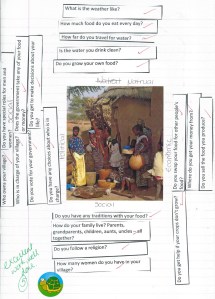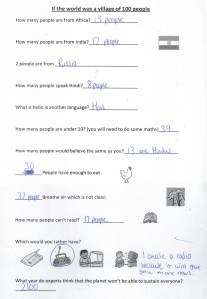This will be my last post on the topic of development and then I will be posting on Migration!
So death rates, a highly exciting topic and if teaching it can be a very sensitive topic too, for all of our development topic I had taken out infant mortality rates due to one of the students personal experiences.
They started off with a card sort and had to put into 3 groups:
- Illnesses have been stopped
- More people can be cured
- Education and changes to our environment
Once they had done this (in pairs) they had to write about which they thought were the top 3 reasons and the least important, there is a space for a picture so that I could assess whether they understood what the card meant.
I have a rather difficult student in this lesson, one of the reasons is because he is very poor at writing so I decided to try him out on a laptop and have all the work on there for him to complete, print out and stick in. I had done this the lesson before (I haven’t posted that lesson on world population though) and it worked excellently, however this time he just refused to even log into the laptop) maybe the sheet will get used by one of your students!
Example will be up soon.


